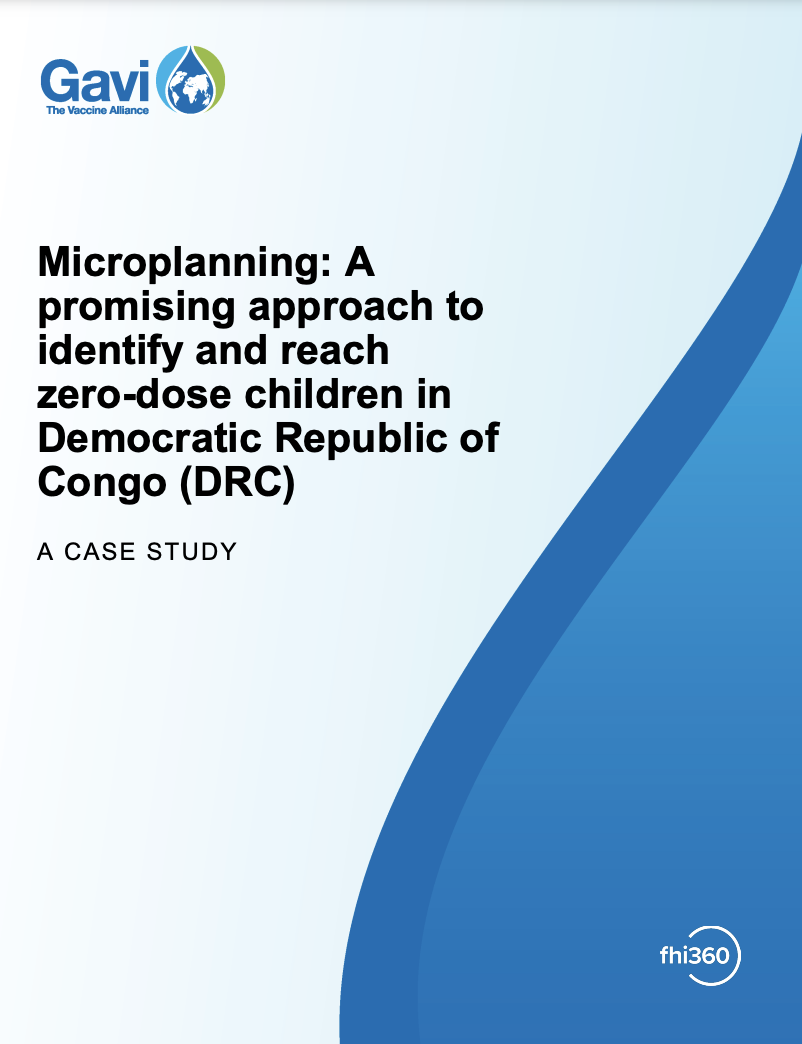Spatially disaggregated population estimates in the absence of national population and housing census data
Population numbers at local levels are fundamental data for many applications, including the delivery and planning of services, election preparation, and response to disasters. In resource-poor settings, recent and reliable demographic data at subnational scales can often be lacking. National population and housing census data can be outdated, inaccurate, or missing key groups or areas, while registry data are generally lacking or incomplete. Moreover, at local scales accurate boundary data are often limited, and high rates of migration and urban growth make existing data quickly outdated. Here we review past and ongoing work aimed at producing spatially disaggregated local-scale population estimates, and discuss how new technologies are now enabling robust and cost-effective solutions. Recent advances in the availability of detailed satellite imagery, geopositioning tools for field surveys, statistical methods, and computational power are enabling the development and application of approaches that can estimate population distributions at fine spatial scales across entire countries in the absence of census data. We outline the potential of such approaches as well as their limitations, emphasizing the political and operational hurdles for acceptance and sustainable implementation of new approaches, and the continued importance of traditional sources of national statistical data.
| Authors | N. A. Wardrop, et al. |
|---|---|
| Source | PNAS |
| Published | 2018 |



